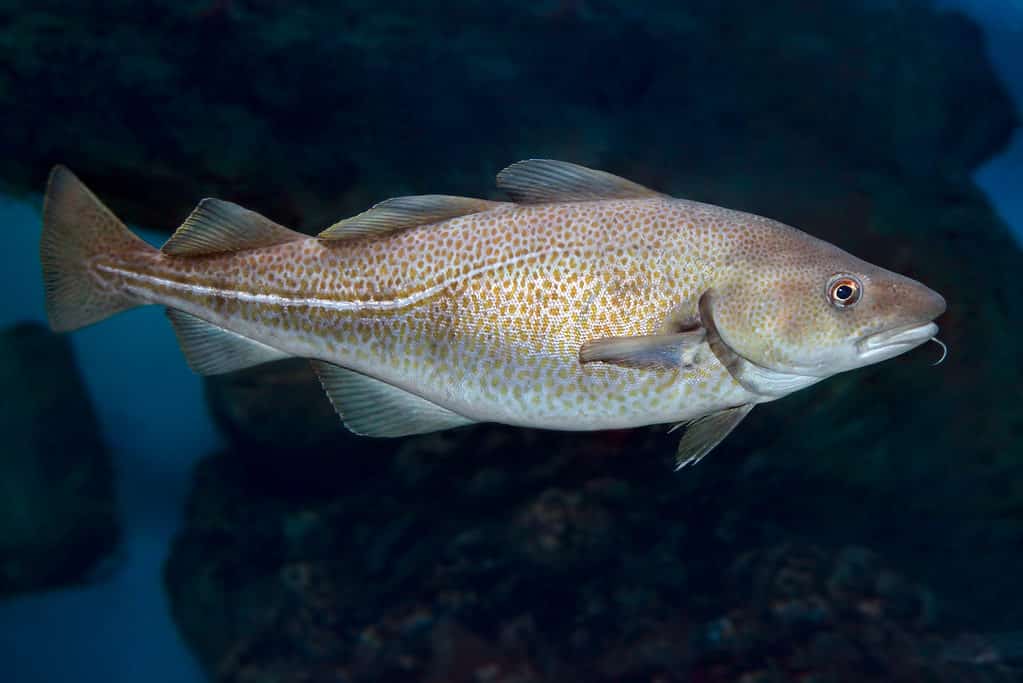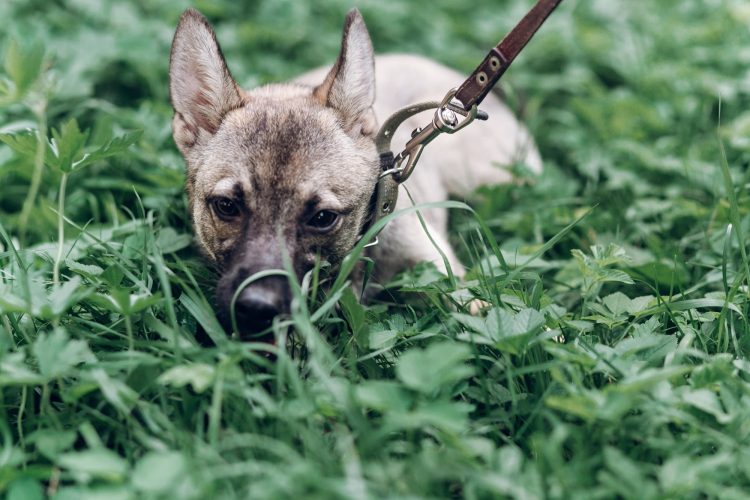Between 2018 and 2021, the snow crab population off the coast of Alaska declined dramatically: Some 10 billion of the cold water-loving crustaceans disappeared, which represents around 90 percent of the region’s population. The unprecedented die-off prompted Alaska to cancel its snow crab harvest in 2022 and again in 2023.

But what happened to the snow crabs (Chionoecetes opilio) in the eastern Bering Sea? Scientists—and the fishers and communities that rely on the crabs for income—have been trying to piece together what led to the population’s sudden collapse.

Now, they finally have some answers. The crabs likely died of starvation as a consequence of marine heat waves in 2018 and 2019, researchers report this week in the journal Science. Other factors also contributed to the crabs going hungry, including an unusually large population of snow crabs in 2018.

“It’s a fishery disaster in the truest sense of the word,” says study co-author Cody Szuwalski, a biologist at the National Oceanic and Atmospheric Administration (NOAA), to ScienceNews’ Jude Coleman.

Snow crabs, also known as Tanner crabs, thrive in the chilly waters of the Bering Sea, which are typically below 35 degrees Fahrenheit on the seafloor. And though they can survive in warmer conditions—up to 53 degrees Fahrenheit, according to laboratory experiments—they must increase the amount of calories they consume as the water temperature rises.

Because of this, during the 2018 and 2019 Bering Sea heat waves, the crabs needed to find more food to survive. At the same time, they were also dealing with increased competition for food because of the 2018 population boom.

Unfortunately, there simply wasn’t enough food to meet the demands of this larger, hungrier population and many of them starved to death. This theory is further supported by the fact that crabs caught after the heat wave began had smaller body sizes than those caught in years prior.

In addition, other species likely took advantage of the crabs’ plight. The warmer water temperatures likely allowed other species, such as Pacific cod, to move into the normally frigid crab habitat and feast on the few hungry crustaceans that remained.
And it wasn’t just the crabs that suffered because of the heat waves. Salmon, seabirds and seal populations also declined, the researchers write.

“We are now witnessing more and more big crashes associated with extreme temperatures,” says Christopher Harley, a zoologist at the University of British Columbia who was not involved in the new research, to NewScientist. “The list of species and ecosystems that are strongly impacted just keeps growing.”

Will Alaska’s snow crabs rebound? To some extent, but it could take at least four years for sizable crabs to make a comeback, per ScienceNews. Longer term, amid warming temperatures and declining sea ice, scientists predict that snow crabs will likely need to relocate to colder waters in the north.
“We probably won’t see as much of them anymore” near Alaska, Szuwalski tells CNN.





